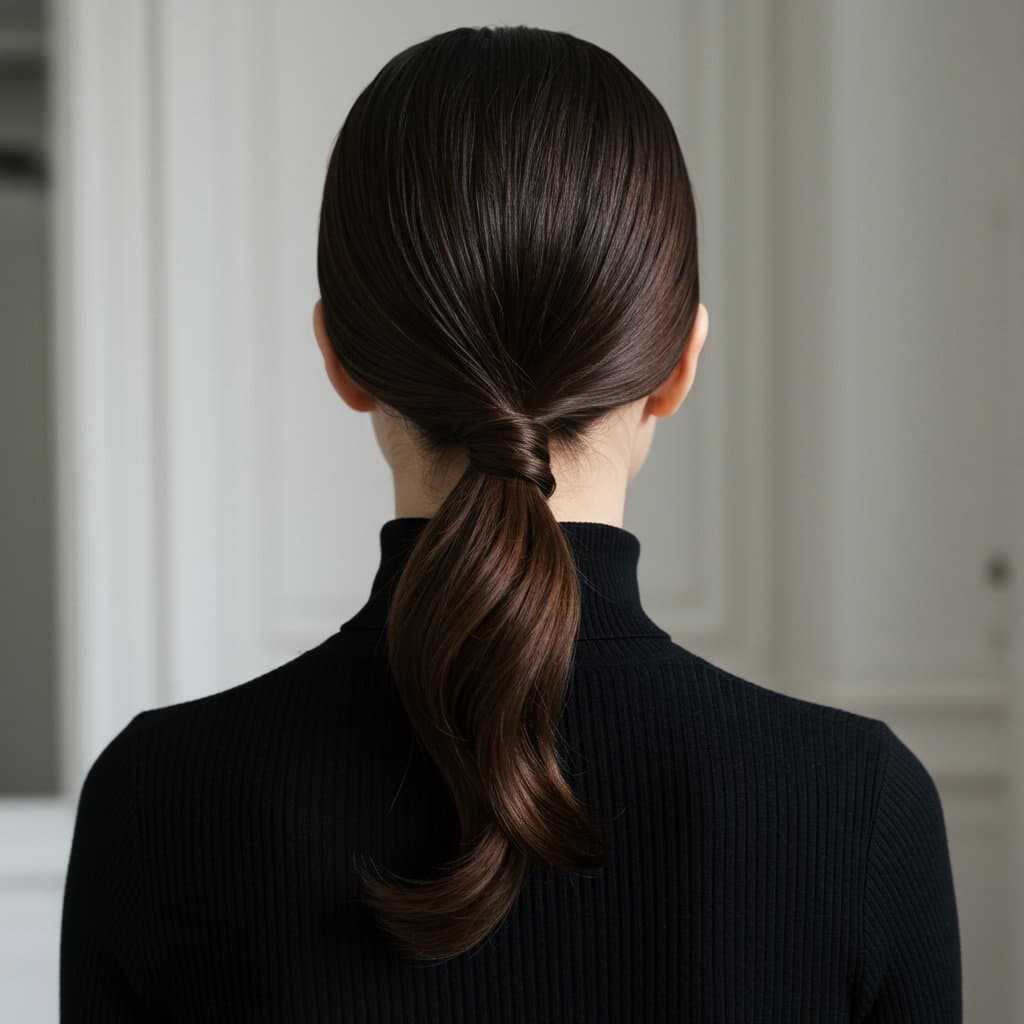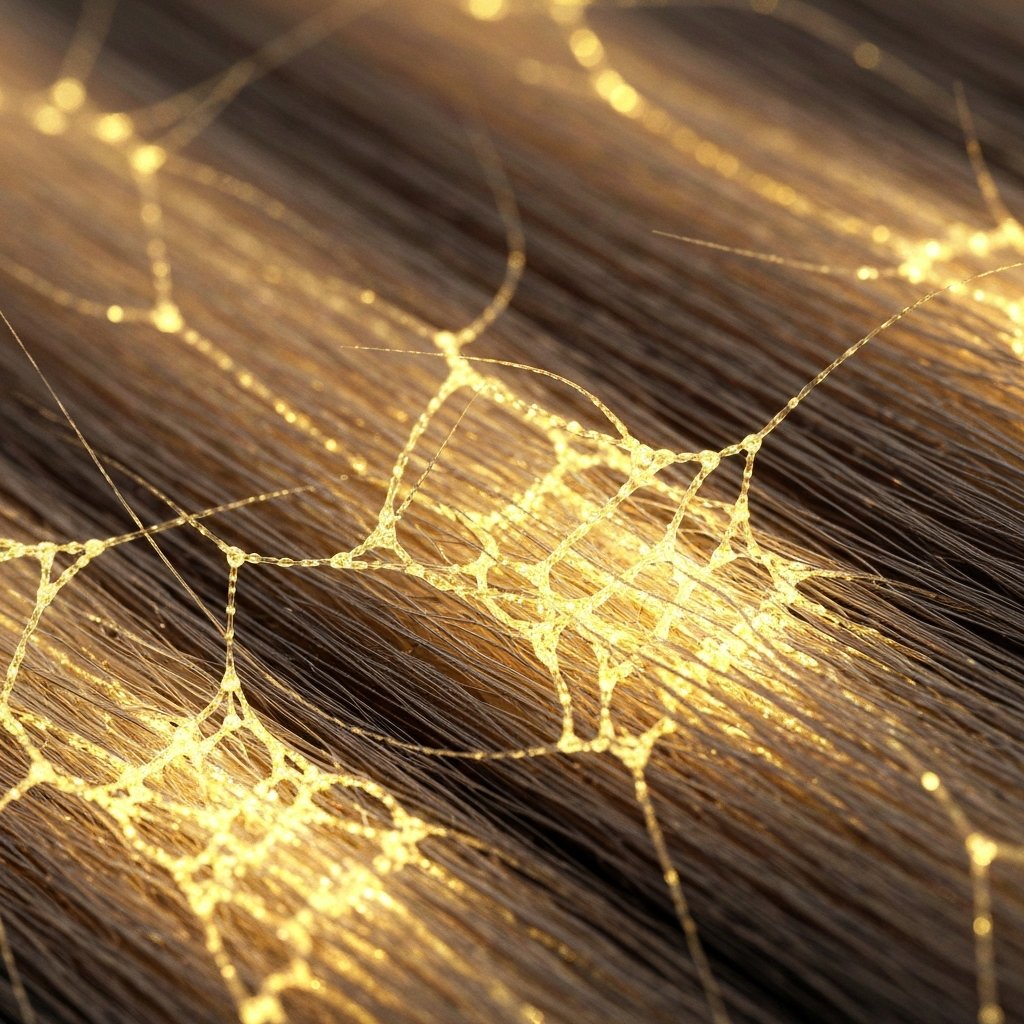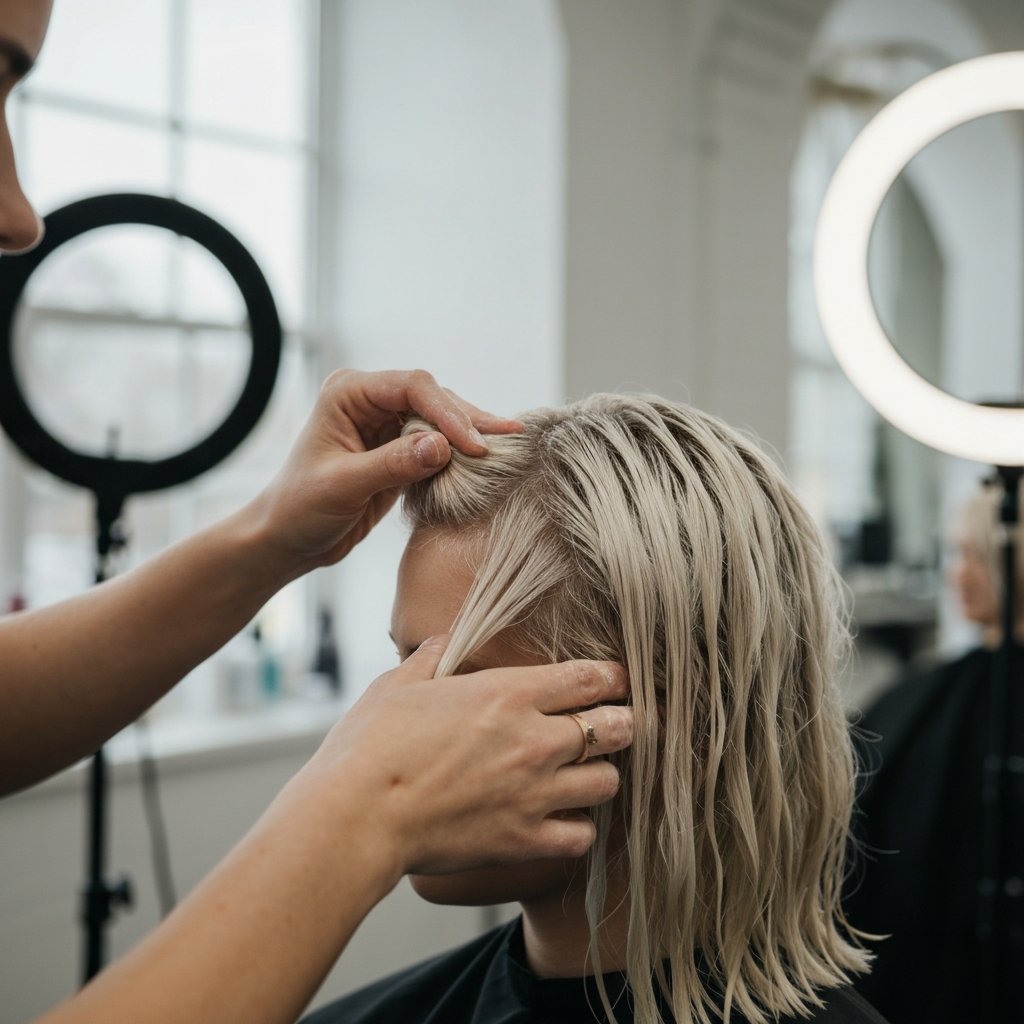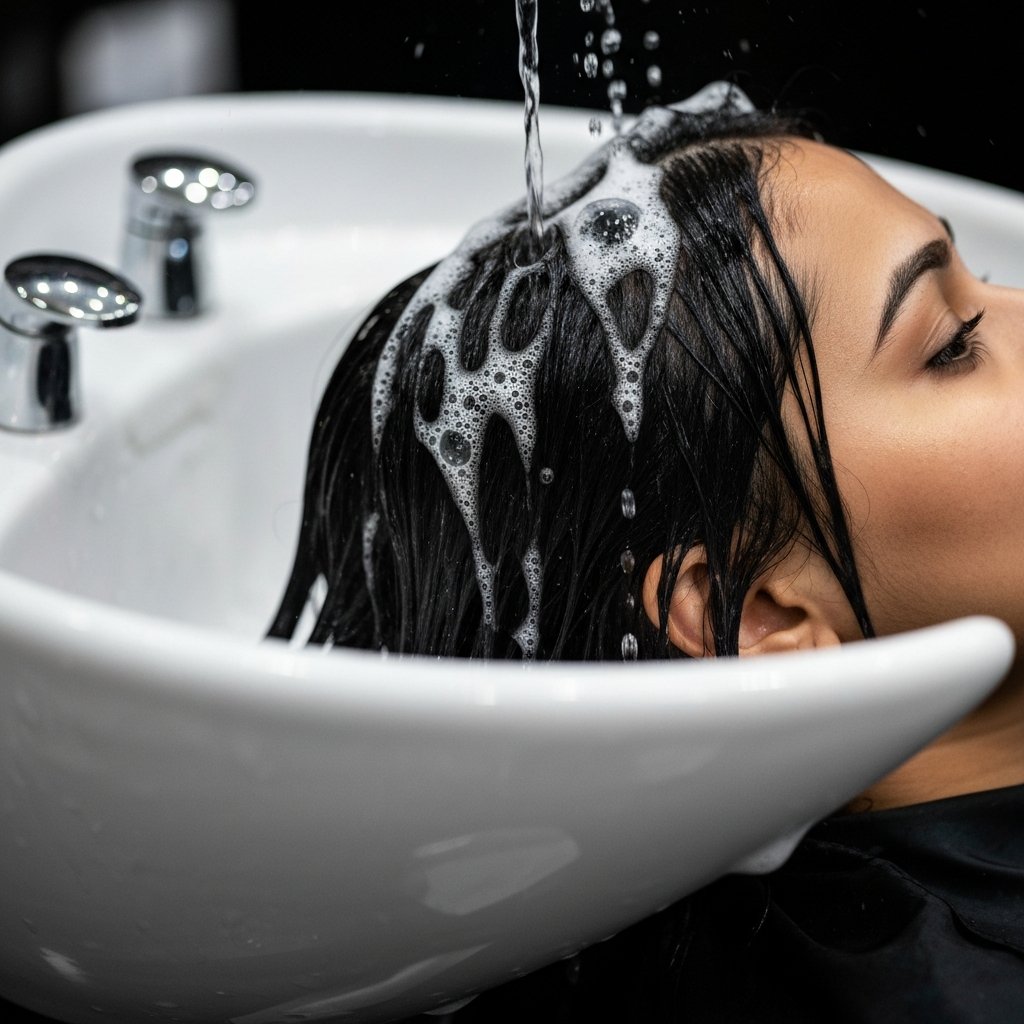
How to Grow Out Bangs Gracefully: Styling Tips for Every Stage | The Ultimate Hair Guide
11 min read

11 min read

10 min read

9 min read

14 min read

12 min read

11 min read
For years, Olaplex has reigned supreme as the gold standard in bond-building technology. It revolutionized the industry, allowing colorists to push boundaries and clients to maintain hair integrity despite chemical processing. However, the hair care landscape has evolved dramatically. In 2025, the market is teeming with innovative Olaplex alternatives that offer different application methods, unique ingredient technologies, and price points to suit every lifestyle. Whether you are looking for a faster application process, a different price bracket, or simply a product that reacts better with your specific hair texture, finding the right bond builder is crucial for maintaining healthy locks.
While Olaplex remains a powerhouse, it is no longer the only player in the game. New formulations utilizing biomimetic peptides, acidic bonding concentrates, and advanced polymer technologies have emerged, challenging the status quo. This guide dives deep into the science of hair repair and presents a comprehensive list of 10 bond-building treatments that actually work, providing professional-grade results outside of the ubiquitous gold bottle.
To understand why you might need an alternative to Olaplex, it is essential first to understand what these products actually do. Human hair is primarily made of a protein called keratin. These protein chains are held together by various types of bonds, the most important for structural integrity being disulfide bonds. These bonds act as the ladder rungs that hold the structure of the hair together. When hair undergoes chemical treatments (like bleaching or relaxing), heat styling, or mechanical stress (brushing wet hair), these bonds break.

Broken bonds result in dry, brittle, frizzy, and lackluster hair that is prone to breakage. Traditional conditioners and masks work on the surface, smoothing the cuticle to provide a temporary feeling of softness. Bond builders, however, penetrate the cortex (the inner layer of the hair) to repair these broken links at a molecular level.
The search for Olaplex alternatives is often driven by the desire for "bio-mimicry"—products that mimic the hair's natural structure more closely—or simply the need for a routine that requires less time. While Olaplex is a multi-step system, many modern alternatives offer leave-in capabilities or rapid-action masks that fit more seamlessly into a busy lifestyle.
Arguably the biggest competitor to Olaplex in the professional salon space is K18. Unlike traditional bond builders that create a temporary bridge between disulfide bonds, K18 utilizes a patented bioactive peptide known as the K18Peptide™. This sequence was discovered after scanning the entire keratin genome. It travels deep into the inner layers of the hair to reconnect broken keratin chains, restoring strength and elasticity.

What makes K18 a top Olaplex alternative is its ease of use. It is a leave-in treatment that works in just four minutes. There is no need to rinse it out or follow up with a conditioner. For clients with significant chemical damage, K18 often feels lighter on the hair than other bond builders, which can sometimes leave a heavy residue if overuse occurs. It is compatible with all hair types and is particularly favored by those who bleach their hair frequently, as it restores the hair's core structure permanently until damage occurs again.
Redken has introduced a formidable contender with its Acidic Bonding Concentrate (ABC) line. This system focuses on restoring the hair's pH balance while repairing bonds. Healthy hair sits at an acidic pH of 4.5-5.5. Chemical processing often pushes the hair into an alkaline state, causing the cuticle to lift and damage to occur.

The Redken ABC system contains Citric Acid, an alpha-hydroxy acid that helps reinforce weakened bonds and balance the pH. This is an excellent Olaplex alternative for those who struggle with color fading and dryness. The high concentration of bonding care complex creates immediate visible results, smoothing the cuticle and reducing breakage by a reported 56%. It provides a heavy dose of moisture alongside repair, making it ideal for thick or coarse hair textures that drink up hydration.
Created by Eric Pressly, the chemist who actually invented the original Olaplex technology, Epres is widely considered the "next generation" of bond building. Since parting ways with his original creation, Pressly developed a formula that relies on "Biodiffusion" technology. This allows the hair to continue repairing even after the hair has dried.

Epres is unique because it is a spray-on treatment sold as a concentrate that you mix with water. This reduces plastic waste and shipping weight. It is an acid-free formula, meaning it won't disturb the pH of chemical services if used in the salon. For at-home users, it is incredibly forgiving; you saturate dry hair, wait 10 minutes (or sleep in it), and then shampoo and condition as normal. It delivers a level of softness and repair that rivals any professional back-bar service.
While not a traditional bond builder in the same sense as others, the L'Oréal Professionnel Metal Detox range is a critical alternative for hair health. Research showed that metal particles (like copper) from water pipes accumulate inside the hair fiber. When these metals interact with oxidants during color services, they cause breakage and unreliable color results.

The Metal Detox system uses Glicoamine, a molecule small enough to penetrate the fiber and neutralize metal. By removing these metals, the integrity of the hair is preserved, and bonds are less likely to break during processing. This is the perfect Olaplex alternative for clients living in areas with hard water. By addressing the root cause of the breakage (metal accumulation), it allows the hair to heal and strengthen naturally.
Living Proof has entered the chat with a scientifically robust option: the Triple Bond Complex. This weekly leave-in treatment is designed to construct all three types of bonds in the hair: hydrogen, ionic, and covalent. Most bond builders focus primarily on disulfide (covalent) bonds, but Living Proof argues that a multi-faceted approach yields better cosmetic results.

This product requires heat activation to work effectively, making it a great styling companion. Once applied and blow-dried, the technology creates a 3D network within the hair fiber. It offers immediate heat protection while repairing existing damage. It is a fantastic choice for those who style their hair with hot tools regularly and want a product that doubles as a reparative treatment and a styling primer.
Schwarzkopf’s Fibreplex system is a staple in many European salons and has gained massive popularity globally. It is a three-step system designed to minimize hair breakage during the bleaching, lightening, or coloring process. The technology interlinks with the hair fibers to enforce structural bonds.

Fibreplex No. 3 Bond Maintainer is the at-home take-home portion of this system. It maintains the significantly improved hair quality created in-salon and protects against new mechanical damage. It is known for being intensely conditioning without weighing fine hair down, making it a versatile Olaplex alternative for those with finer textures who find other bond builders too heavy or greasy.
For those who prefer a brand with a fun aesthetic and clean ingredients, Amika’s "The Kure" line is a serious contender. The Multi-Task Repair Treatment is clinically proven to repair, strengthen, and improve hair manageability. It utilizes "Bond Cure Technology," an innovative complex that targets the most abundant bonds in hair.

What sets Amika apart is the infusion of plant butters and vegan proteins, including Sea Buckthorn, which is rich in fatty acid Omega 7. This product works in 60 seconds, appealing to the "instant gratification" consumer. It can be used as a rinse-out mask or a leave-in treatment, providing flexibility for different hair porosity levels. It represents a shift toward hybrid products that combine botanical nourishment with synthetic bond repair.
Bumble and bumble utilizes a Honey Bond-Building Complex in their Bb.Bond-Building line. This collection is built for hair that has been damaged by heat, color, or chemical styling. The complex builds new bonds to strengthen hair and helps repair damage from the cortex to the cuticle.

The standout product here is the Repair Styling Cream. Unlike wash-out treatments, this stays in the hair all day, providing continuous protection and repair. It smooths the cuticle, reduces frizz, and protects against heat tools up to 450 degrees. It is an excellent Olaplex alternative for those who want their repair product to also function as a high-performance styling aid that adds polish to the final look.
Wella’s answer to bond building is the FusionPlex Intense Repair line. Inspired by spider silk—one of the strongest fibers in nature—this formula is designed to recover hair from mechanical damage and breakage. It penetrates deep into the cortex and instantly recovers hair fiber while helping to prevent future breakage.
Included in the formula are silk amino acids and micronized lipids. This combination leaves the hair feeling incredibly smooth and "slippery" in the best way possible, detangling instantly. For clients with long hair prone to tangling and mechanical breakage from brushing, FusionPlex offers a tactile improvement that some pure bond builders lack.
Davines combines sustainability with high-tech beauty. The Naturaltech Nourishing Keratin Sealer is a protective fluid that doesn't require rinsing. It seals the hair cuticles, strengthening and protecting the hair fiber. While it acts differently than a chemical cross-linker, its enzymatic hydrolysates and vegetable keratin provide a similar structural reinforcement.
This is the ideal Olaplex alternative for the eco-conscious consumer. The packaging is carbon neutral, and the ingredients are sustainably sourced. It provides a lightweight finish that boosts shine and softness without using harsh silicones or heavy synthetic polymers, aligning with the "skinification" of hair care trend.
With so many options available, selecting the right treatment depends on your specific hair needs:
To get the most out of any Olaplex alternative, application technique is key. Here are expert tips to ensure success:
The era of relying on a single brand for hair repair is over. The rise of these 10 Olaplex alternatives signifies a golden age in hair care technology, where consumers and professionals alike have access to tailored solutions for every hair concern. Whether you choose the rapid peptide repair of K18, the pH-balancing power of Redken, or the eco-innovation of Epres, the key to healthy hair lies in understanding your hair's unique structure and treating it with consistency. Consult with your stylist to determine which of these bond-building powerhouses deserves a spot on your bathroom shelf.

11 min read

10 min read

9 min read